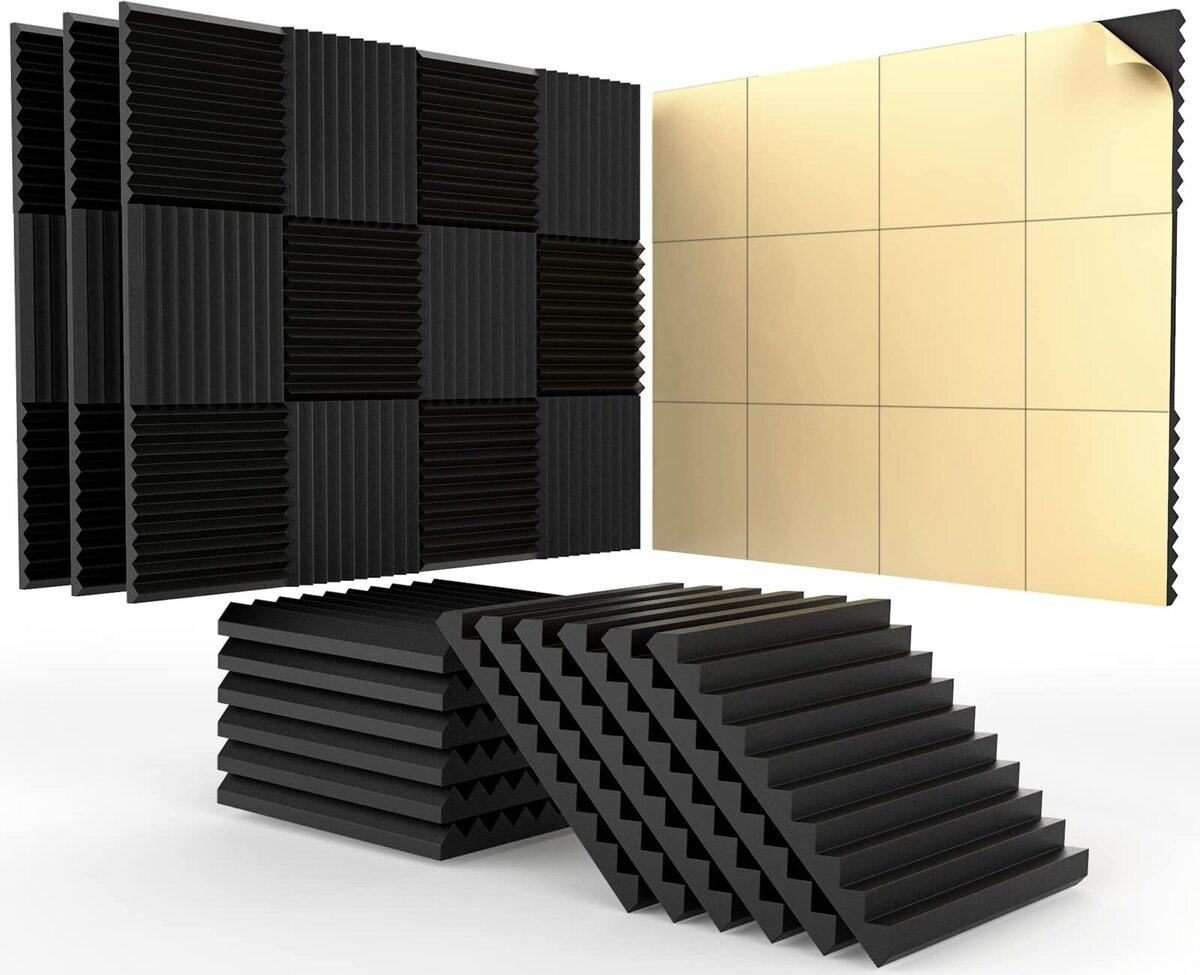How Much Sound Do Acoustic Panels Absorb? 7 Data-Backed Insights
Acoustic panels promise to tame echo, tighten bass, and make speech intelligible—but exactly how much sound do they absorb? The short answer is “a lot,” yet the long answer depends on thickness, material, placement, and test method. Below are seven research-driven insights (and practical tips) that demystify the numbers so you can predict real-world results with confidence.

1. The NRC Rating Tells You the Average—And It’s Often Above 0.90
Manufacturers publish a Noise Reduction Coefficient (NRC) for each panel. NRC is the arithmetic average of absorption at 250 Hz, 500 Hz, 1000 Hz, and 2000 Hz, rounded to the nearest 0.05. High-quality fabric-wrapped panels routinely score 0.91 – 0.98, meaning they absorb 91–98 % of incident sound across mid-to-high frequencies.
Takeaway: For speech-centric rooms (offices, classrooms, podcasts), an NRC ≥ 0.9 is a reliable benchmark.
2. Thickness Dominates Low-Frequency Performance
A typical 2-inch (50 mm) fiberglass panel posts an NRC around 1.00, yet look at the octave-band data:
-
125 Hz: 0.40 absorption coefficient
-
1000 Hz: 0.95
-
4000 Hz: 0.85
Bass energy has longer wavelengths, so thicker (4-inch/100 mm) or air-gapped panels are required to tame booming lows.
Action tip: If music or home-theater bass is a priority, double the thickness or leave a 4-inch air gap behind the panel for a free low-end boost.
3. Density Fine-Tunes Which Frequencies Get Soaked Up
Open-cell fiberglass or mineral wool in the 48–80 kg/m³ density range offers the best broadband absorption. Higher densities shift absorption upward (great for flutter echo but less for boom) while lower densities excel at bass but can lose efficiency above 2 kHz.
Quick rule: pair medium density (60 kg/m³) with ~4 in thickness for a “sweet-spot” broadband trap.
4. Placement: The Quarter-Wavelength Rule of Thumb
A porous absorber reaches maximum efficiency when its face sits one-quarter of the target wavelength from a rigid boundary. Reddit’s acoustics community sums it up: a 12 mm board is effective only above ~7 kHz unless you float it off the wall.
DIY hack: Mount panels 100 mm (4 in) off the wall to shift their effective low-frequency cutoff down roughly an octave—without spending on extra material.
5. Coverage Area Predicts How Much the Room Will Quiet Down
Laboratory ratings assume the entire ceiling or wall is covered, but most rooms quiet dramatically once 20–25 % of total surface area is treated with high-NRC panels. In a small office (40 m² of surface area), eight 1 × 1 m panels usually halve the reverberation time from 1.0 s to ~0.5 s—well within the recommendations of acoustical standards such as ANSI S12.60 for classrooms.
Step-by-step:
-
Calculate total wall + ceiling area.
-
Multiply by 0.25 to find minimum panel coverage.
-
Spread panels evenly, prioritizing parallel surfaces.
6. Not All Panels Are Broadband—Check the Lab Curve
Slatted wood panels, micro-perforated sheets, or PET felt clouds can look gorgeous, but many are tuned: they soak up mids while letting highs shimmer or lows breathe. Always request the full octave-band chart (per ISO 354 or ASTM C423). Coefficients above 1.00 can appear because of diffraction around sample edges—perfectly acceptable but a reminder that numbers aren’t carved in stone.
7. Real-World Absorption Beats Math When Edges Are Exposed
A bare laboratory sample is framed on all sides, yet most wall panels in homes expose their edges. Edges act like miniature bass traps, increasing total absorption by 10–15 % versus calculations that ignore them. That’s why a room sometimes sounds better than the spec sheet predicted—and why corner bass traps (four exposed edges) punch above their weight.
Pro tip: Leave panel edges unblocked by trim or molding to take full advantage of this “free” absorption.
Conclusion & Next Steps
So, how much sound do acoustic panels absorb? In mid-range speech frequencies the answer is well over 90 %, while bass absorption hinges on thickness, density, and air gap. Use NRC as a quick scorecard, then dive into the octave-band data and follow the quarter-wavelength rule to hit your low-end goals. Cover roughly a quarter of the room’s hard surfaces, leave edges exposed, and you’ll transform harsh slap-back into warm clarity—often in a single afternoon.
Ready to take action? Measure your room, pick panels that match your trouble spots, and share your before-and-after impressions in the comments. If you found these insights helpful, pass the article along or subscribe for more evidence-based acoustic tips!

